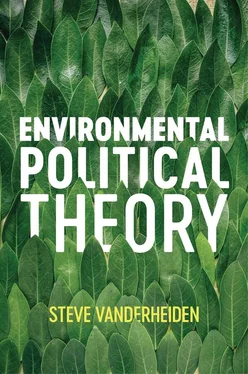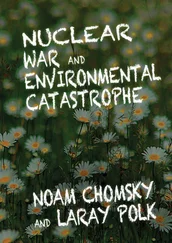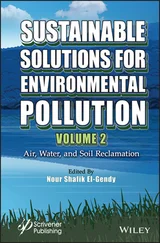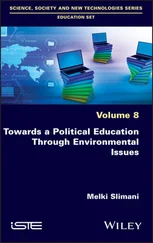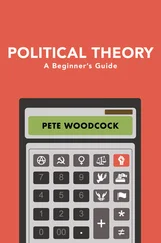Limits to growth make scarcity more palpable, and intensify conflict over increasingly scarce resources, awakening avarice and often leading to the abandonment of aspirations toward a more equitable society or world. Treating the world’s poor as drivers of overpopulation and ecological degradation, while denying them the agency needed to escape their fate without northern intervention, simultaneously patronized and infantilized entire peoples. Then, when the death toll fell short of the hundreds of millions over two decades that Ehrlich had predicted would starve in his 1968 The Population Bomb , charges of alarmism and intentional exaggeration became narratives for what still were (and continue to be) real and preventable humanitarian atrocities, with real ecological drivers.
Denial of the idea of ecological limits comprises another response, whether by persons associating it with despair and resignation or those (like industry-sponsored climate science deniers) spreading false information to influence public opinion for economic gain. In this context of a disruptive idea being actively contested and members of the lay public seeking to rationalize its dismissal, mis-steps by advocates of the idea can have the opposite effect from what they intend. By impugning their own credibility, advocates may embolden deniers.
When Ehrlich’s apocalyptic prediction about famine deaths didn’t come to pass, skepticism about the idea, rather than urgency in meeting its challenges, was a common reaction. Ehrlich’s confidence about future mineral prices rising as the result of their increasing scarcity led him to accept a public wager with the Prometheaneconomist Julian Simon, pitting Ehrlich’s Malthusianism against Simon’s contrarian view that such resources would remain abundant into the indefinite future. 8When those resource prices declined, owing to quirks of the particular ten-year period over which the bet was made rather than longer-term trends, Ehrlich’s credibility was again called into question, sowing further doubt about limits. The seeds of public doubt about human causes of the environmental crisis were planted well before those industries most responsible for intensifying global resource scarcity and ecological degradation had grown savvy to the threat to corporate profits from an emerging environmental concern among the public (which would later lead them to finance what Naomi Oreskes and Erik Conway call “merchants of doubt” to shape public opinion through industry-sponsored science denial campaigns 9), but have in the decades since been magnified by campaigns of misinformation.
International responses to ecological limits
International reactions to the revival of ecological limits were several and varied. Its influence on the development of international environmental law and governance can be seen in the role of such limits at the 1972 UN Conference on the Human Environment, which issued the Stockholm Declaration, calling for international cooperation on environmental protection. Persuaded by the reality and urgency of ecological limits, signatories to the Declaration pledged to cooperate in sustainably managing the planet’s natural resources and guarding against pollution threats, but also linked environmental protection to social and economic development and condemned South African apartheid and the history of colonialism as related to environmental inequality. In this sense, the conference revealed tensions between the global North and South over their inequitable prior exploitation of the global environment, with criticism aimed at the US for its ongoing war in Vietnam as well as its colonial history. It set the stage for later multilateral engagement around environmental equity issues, including the Brundtland Report’s vision for sustainable development (discussed in chapter 5) in 1987, and the two landmark conventions on biodiversity and climate change from the 1992 Earth Summit (discussed in chapter 9), both of which would also revive key international tensions and dynamics from this conference while embracing global equity among their guiding principles.
Delegates from the global South approached the issue of limits with skepticism – not about their scientific validity, but from a concern about limits on development being imposed on poor countries that might impede development opportunities that had been afforded to affluent countries. Since the developed North had benefitted from over a century of unconstrained exploitation of territorial resources, as well as those within the oceanic and atmospheric commons, representatives from the poor South objected to sustainability constraints that would curtail growth, and called for equitable burden-sharing in protecting the global environment (in what would later emerge as the “common but differentiated responsibilities” principle). Later, this tension would give rise to claims to a right to development: the idea that ecological limits should not prevent the least developed countries (or LDCs) from developing, and, in so doing, addressing their poverty, hunger, and economic insecurity. The idea of sustainable development would later come to name this attempt to balance sustainability and development imperatives in a manner consistent with their early expression in the Stockholm Declaration. As defined by the Brundtland Report, “development that meets the needs of the present without compromising the ability of future generations to meet their own needs” requires sustainability in order to protect those future interests.
Another tension emerged from the 1972 conference and its attempt to promote cooperation around the environment and development. Noting the interests of “the great international corporations which operate in the developing countries” in ensuring that “environmental controls should be weak in the Third World,” one scholarly observer of the international dynamics at the Stockholm conference suggested that it was also “in their interests that Third World governments should have good arguments to justify that weakness” so that “poor countries” can “agree to be dirt havens for the rich.” 10Here, concern for development rights was alleged to merely be a pretext to justify the continued exploitation of the global South by the North, as necessary for development, on the basis of the pernicious claim (described as “a polluter’s gambit”) that environmental values would not emerge among the global poor until they had experienced higher levels of economic development. Associating development with exploitation of the territorial environments and resources of poor countries was, according to this critique, more about defending profits for multinational corporations than about the global poor.
Other critics have observed a similar dynamic. Thomas Pogge identifies the “resource privilege” 11(the right to control, and thereby profit from, territorial resource extraction, leading to stunted development for some resource-rich LDCs in what has come to be known as the “resource curse” 12) as serving the interests of multinational corporations and the governments of the LDCs, with the former getting cheap access to valuable mineral resources and the latter getting revenue from their sale (funds which, as research on the resource curse suggests, are often used to arm states against the people, feed corruption, and thereby hinder development). In the interest of development, designed to benefit the peoples of poor countries, the privilege was in some cases hindering that development, while, in most, hindering its sustainable potential by polluting and rapidly depleting local LDC environments. The cruel irony was that at least a putative concern for global equity in development, along with ecological limits, would result in additional pressures to export pollution and resource depletion from the North to the South, doing little to promote a sustainable transition while worsening environmental inequality.
Читать дальше
